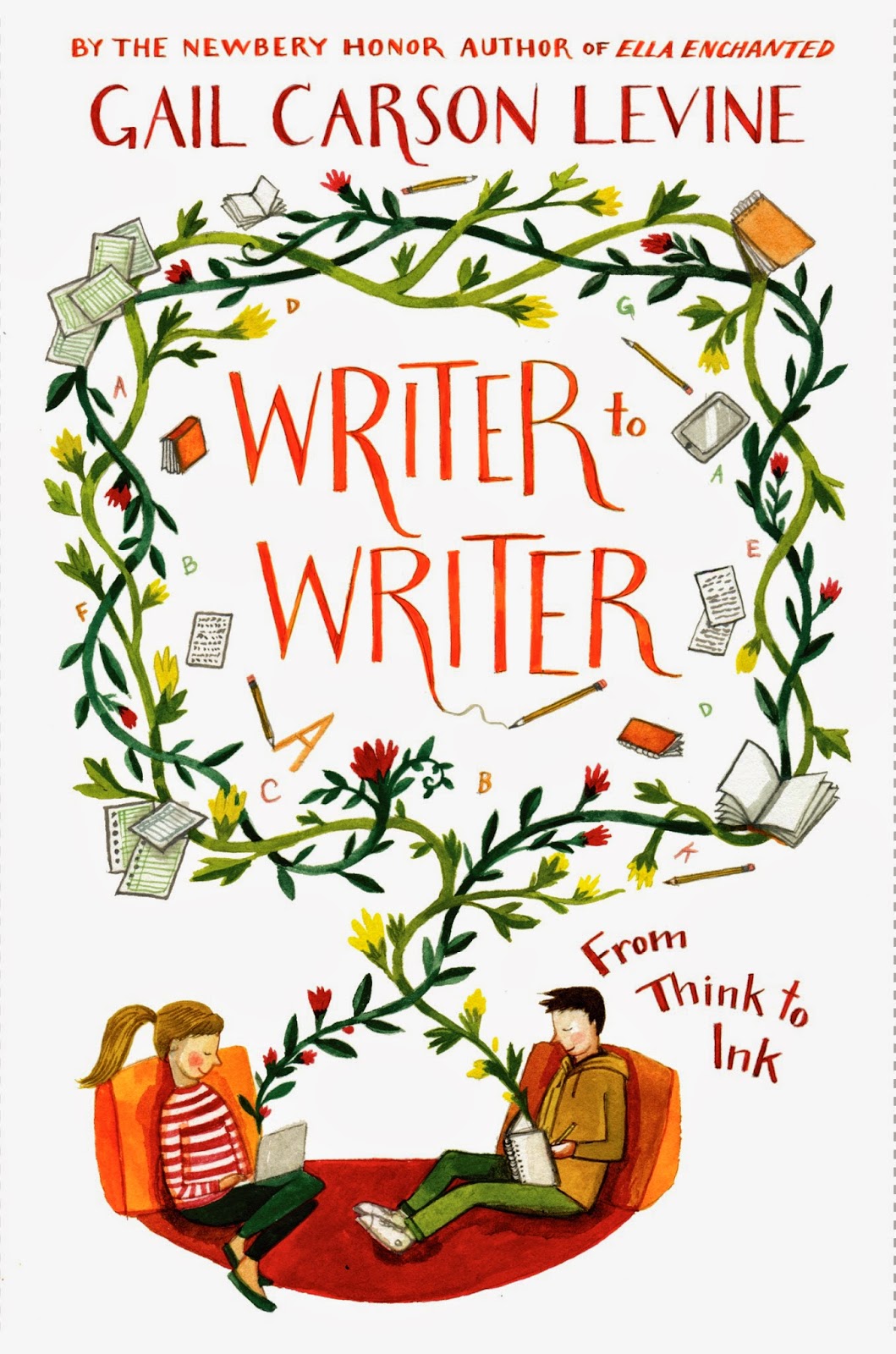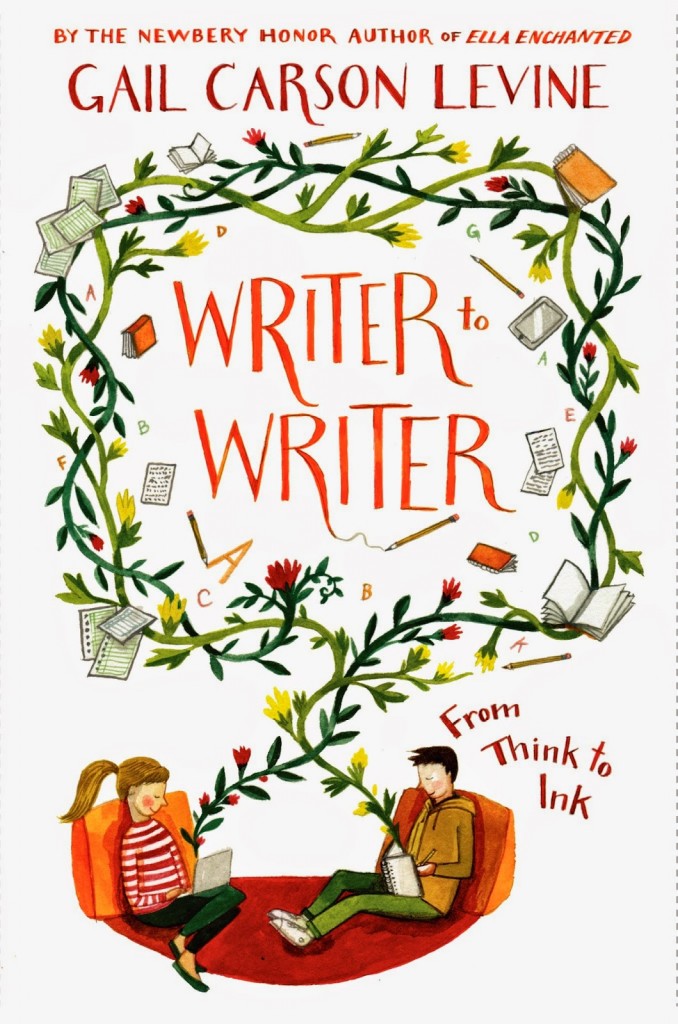Good luck and courage! to all who will be starting NaNoWriMo before I post again. I admire you!
On January 13, 2020, Chechu wrote, Sorry if I write something wrong: English is not my first language. I am from Argentina, I speak Spanish. I have a question. I’ve started a novel but I’ve got stuck.
I’ve got the two MCs defined and a less detailed image of other characters. I have an idea of the conflict. I know what the MCs want and, of course, is related to the conflict. I want the characters to grow, to get better, to overcome themselves and I want the conflict to push them in that direction. The problem is that, though I know what the villain wants, I can’t picture what he would do to try to achieve it and, in consequence, the obstacles the MCs are going to have to fight.
Some months ago I wrote the first chapter. And I couldn’t start the second because there’s going to be a conversation that’s going to introduce the main girl to the conflict. And I don’t know how to do that conversation because there are a lot of things that I haven’t decide (or found out) about the conflict yet. Specially because I am not a very political or strategic person so I don’t know what a man who wants to obtain a place of power would do to achieve it (the villain).
Also there’s magic in this world, for the main masculine character is a mage. And the girl is very artistic. So I want to focus on things that I really like, like magic and art, and bravery, heroicity and magnanimity. But there is a politics conflict and they care. They want to bring the true king back to the throne, though it may be difficult and dangerous.
I don’t know what to do. Any advises?
Writing Ballerina wrote back, I would say to write the chapter anyway, as much as you can, then go back and fix it later.
You can also do some planning on a different document to figure out the conflict a little better before writing the chapter.
I’m with Writing Ballerina on writing notes in a different document.
When I start a story, I don’t know much more about my characters than age, gender, and the situation I’m going to thrust them into. I discover them through their actions, reactions, thoughts, feelings, and what they say.
For the villain, we might focus on the challenge he faces rather than on him and get to him through that. All we know about him is that he’s power hungry, he lives in a monarchy, and the true king is not on the throne.
We can ask what the obstacles are to his gaining power. Let’s imagine for starters (because we have to start somewhere) that the true king went hunting one day five years earlier and didn’t come back. His grieving queen sent out search parties, but every lead turned into a dead end. The queen has been ruling in his absence and doing her best.
Our villain will look for weaknesses that he can exploit. Time for a list! We can list the possibilities:
• The queen doesn’t have the common touch. Her subjects think she’s stuck-up.
• Skirmishes have broken out on the border with a neighboring kingdom.
• Unlike the king, she knows no magic.
• Before he vanished, the king nearly emptied the royal treasury.
• A drought has brought about widespread food shortages.
You think of five more.
But we don’t want to make things easy for our villain. Another list. What obstacles will he face?
• The western provinces where the queen grew up know her best and are fiercely loyal to her.
• She is very smart and a good strategist.
• He gets bored easily.
• Her son and daughter are skilled at magic.
You think of five more.
We can stare at our lists and think of strategies a villain might use to exploit the kingdom’s weaknesses and get around its strengths. This may call for lists for each weakness and each obstacle, because there probably are several approaches to every one.
Next, we stare some more, looking for links among the strategies. Might the same person who is fabulous at bringing people to his way of seeing things also be wealthy enough to replenish the kingdom’s coffers–or have a magical power that will help him do so? We’re not going to use all the ideas we came up with in our lists. Once we begin to flesh out the villain, we can let some of them go.
Naturally, we can’t give him all the power. We need to think about what he’s bad at too, what may trip him up. This calls for another list, considering as we write it how our new ideas fit in with what we’ve already decided. Once that’s done, I’d suggest writing the next chapter.
Success, alas, isn’t guaranteed. We may have to rethink and revise and go back to earlier chapters to plant things that we didn’t see ahead to. The great (and terrible) thing about writing is that it’s endlessly fixable. Pity the poor actor who garbles a line in front of a full house. That mistake cannot be unmade.
Here are three prompts:
• In the scenario above, your villain, Boran, spies on Serena, the captain of the queen’s guard, and discovers that she spends half an hour alone every day on the castle ramparts, planning the day’s deployment of the guards. Boran goes up there to meet her and see how persuadable she is to helping him–what levers he can pull with her, how she might be vulnerable. He plans to kill her if he can’t use her. Write the scene and show both his strengths and weaknesses. You decide if he succeeds with her or not.
• Boran, in armor, rides to the border where the skirmishes are taking place. Write a scene showing what he does when he gets there. Does he fight on the side of the queen, or on the other side? Does he fight at all?
• Boran convinces the steward of the castle that he should be appointed the prince and princess’s tutor. Write what happens during the first lesson.
Have fun, and save what you write!


